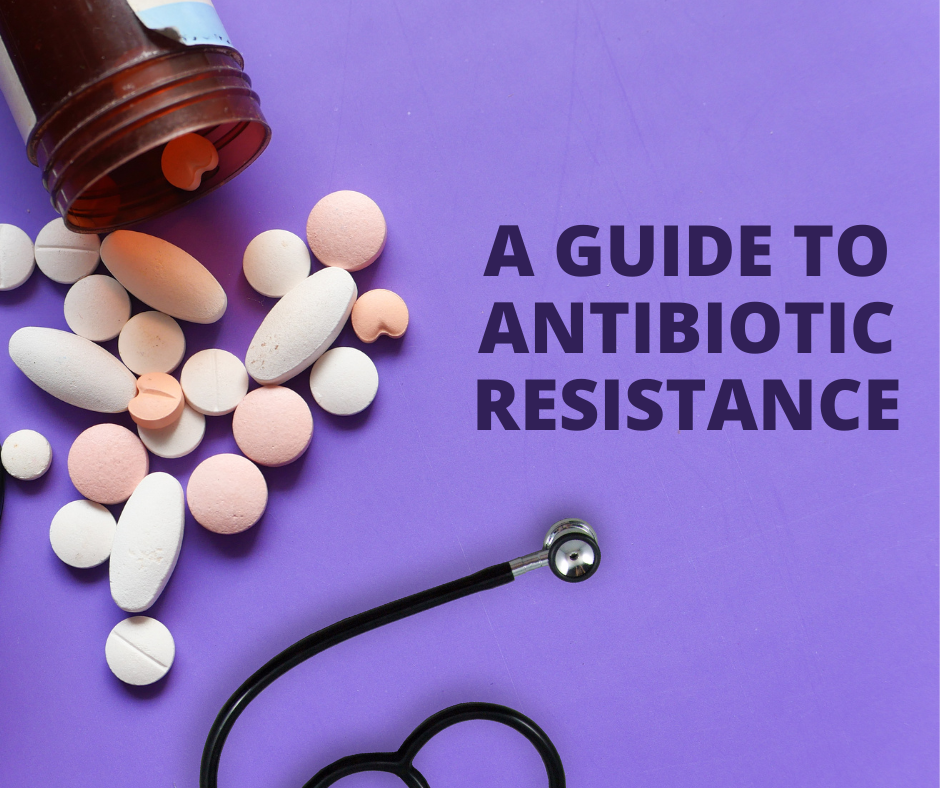

Antibiotic resistance is a phenomenon where bacteria or other microorganisms develop the ability to resist the effects of antibiotics that were once effective in treating bacterial infections. This resistance can occur naturally as part of the evolutionary process, but it is also caused by the overuse and misuse of antibiotics. As a result, it has become a major public health concern worldwide.
What are Antibiotics?
Antibiotics are drugs that are used to get rid of bacterial infections like diarrhea and pneumonia by eradicating or slowing down the growth of bacteria. They have been an essential tool in the treatment of infectious diseases since the discovery of penicillin in the 1940s. However, over time, bacteria have evolved mechanisms to protect themselves from the effects of antibiotics. Some bacteria can modify the structure of the antibiotic or create enzymes that break it down, while others can develop mechanisms to pump the antibiotic out of their cell.
How Does Antibiotic Resistance Occur?
Antibiotic resistance can occur naturally through genetic mutations that allow bacteria to successfully resist the effects of antibiotics. However, it is also accelerated by the overuse and misuse of antibiotics. When antibiotics are used unnecessarily or incorrectly, such as taking them for viral infections like the flu or stopping treatment before completing the full course of antibiotics, bacteria have a chance to survive and develop resistance. The more antibiotics that are used, the greater the selection pressure for bacteria to develop resistance.
What Happens When Antibiotic Resistance is Rampant?
The consequences of antibiotic resistance are significant. It can lead to longer hospital stays, more expensive healthcare costs, and increased mortality rates. Infections that were once swiftly treated with antibiotics can become life-threatening. For example, Methicillin-resistant Staphylococcus aureus (MRSA) is a type of bacteria that is resistant to many antibiotics and is a major cause of healthcare-associated infections. It can lead to severe infections such as sepsis, pneumonia, and bloodstream infections, and is associated with higher mortality rates.
How Do You Prevent Antibiotic Resistance?
The emergence and widespread prevalence of antibiotic-resistant bacteria are major public health concerns that necessitate urgent action. Governments, healthcare providers, and individuals can take steps to combat antibiotic resistance. One key strategy is to promote the appropriate use of antibiotics. This includes prescribing antibiotics only when they are necessary, using the correct dose and duration of treatment, and refusing the use of antibiotics for viral infections.
Another strategy is to develop new antibiotics and alternative treatments for bacterial infections. This requires increased investment in research and development and the promotion of innovative approaches to combat antibiotic resistance. In addition, improved infection prevention and control measures, such as hand hygiene and vaccination, can reduce the spread of antibiotic-resistant bacteria.
Conclusion
Antibiotic resistance is a complex problem that requires a multi-sectoral approach to address it effectively. It is a significant threat to public health, and action must be taken to ensure that antibiotics remain effective for future generations. By promoting the appropriate use of antibiotics, investing in research and development, and improving infection prevention and control measures, we can slow the emergence and spread of antibiotic-resistant bacteria and protect the health of our communities.

